PRIMARY



LiceNsE c 12 mOnThS DiGiTAL PROjEcT
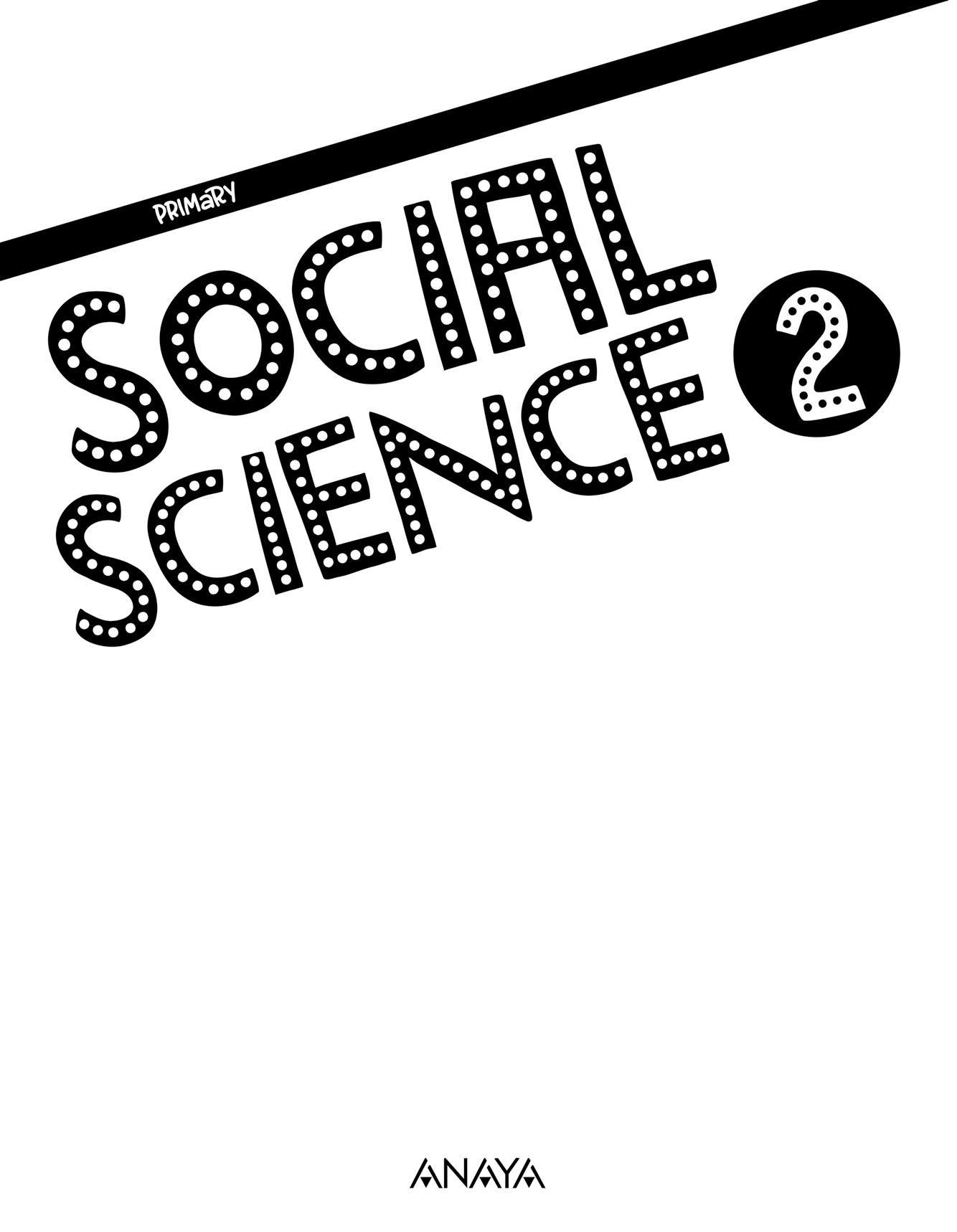
• Where we live.
• The council.
• Council services.
• Autonomous communities.




• Living together and getting along.
• Festivals and traditions.
2
• Road safety.
• Rules of the road.
• Civic responsibility.
4
TERM REVIEW
• Spatial orientation.
• Maps.
• Types of maps.
• World maps.
• The mountains.
• Plains.
• The coast.
• Environmental problems.


• Rocks and minerals.
TERM REVIEW
• Water and the importance of water.
• The water cycle.
• Water pollution and drought.
• The weather and measuring the weather.
• Types of weather and the changing seasons.
• Weather maps and symbols.
• The Sun and the planets.
• The Earth rotates.
• The Earth orbits.
• The phases of the Moon.
TERM REVIEW
The water and wea T her
road safety
The s un, the e arth and the Moon
Clean air is the best!
Children reflect about the importance of having clean air. This learning situation focuses on air pollution causes and how to avoid them.
Let’s have accessible cities!
Children learn tips to improve the accessibility in their cities.
Be safe in the countryside!
Children learn to prepare themselves to be safe in the countryside.
Keep the environment clean!
Children learn the importance of keeping beaches clean of plastics and rubbish.
INTERDISCIPLINARY PROJECT
Nature needs water!
Children learn to relate climate change and droughts. They reflect about the importance of having water and saving it.
Let’s stop climate change!
Children focus on causes and consequences of climate change in nature. They learn about the “greenhouse effect” and how to avoid it to preserve the ecosystems.
INTERDISCIPLINARY PROJECT
A digital project that addresses all the course contents and adapts to all platforms and devices.
Versatile competence Traceable inclusive interactive
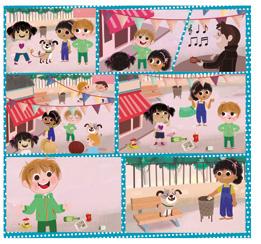

What is Edudynamic like?


Do you think about how a product is made?
In groups, talk about the products and services in your environment.
What products do you buy in your neighbourhood?

What does it mean to offer a service?
Individually or in a group, choose a business. Include the name of the business and where it is located.
What type of product or service does it offer?
Prepare an interview with two or three questions, such as:
What is your "star" product?
Is it very elaborate?
Why is it better to buy in your store and not in another?
Take a good photo of the product or service!


I realise that… PRESENT


The information from your interview must accompany the photographs. You can share it with the business so that they can hang it on one of their walls.
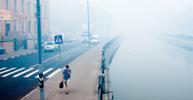
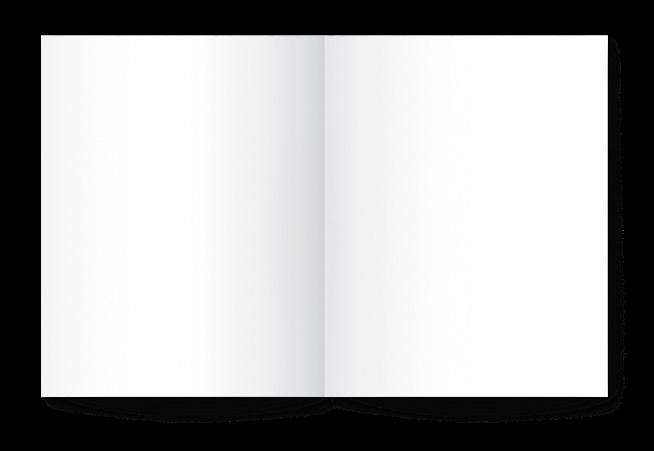
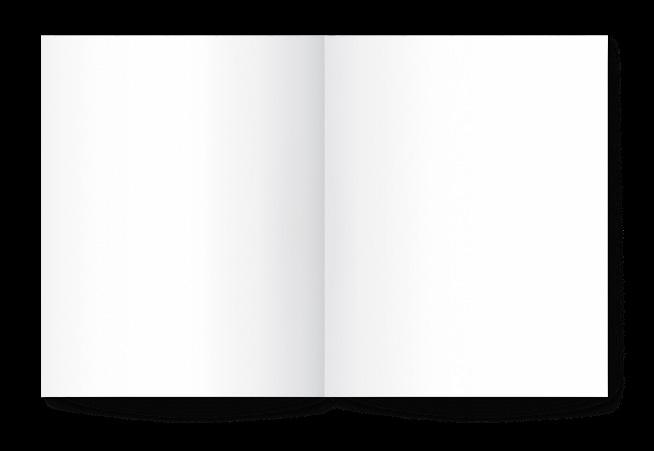
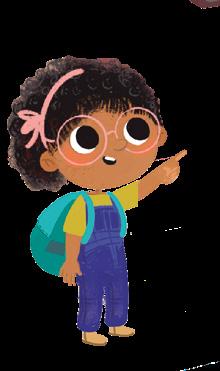
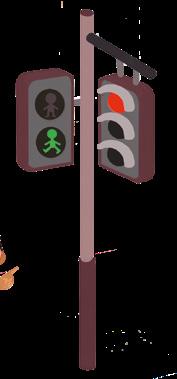
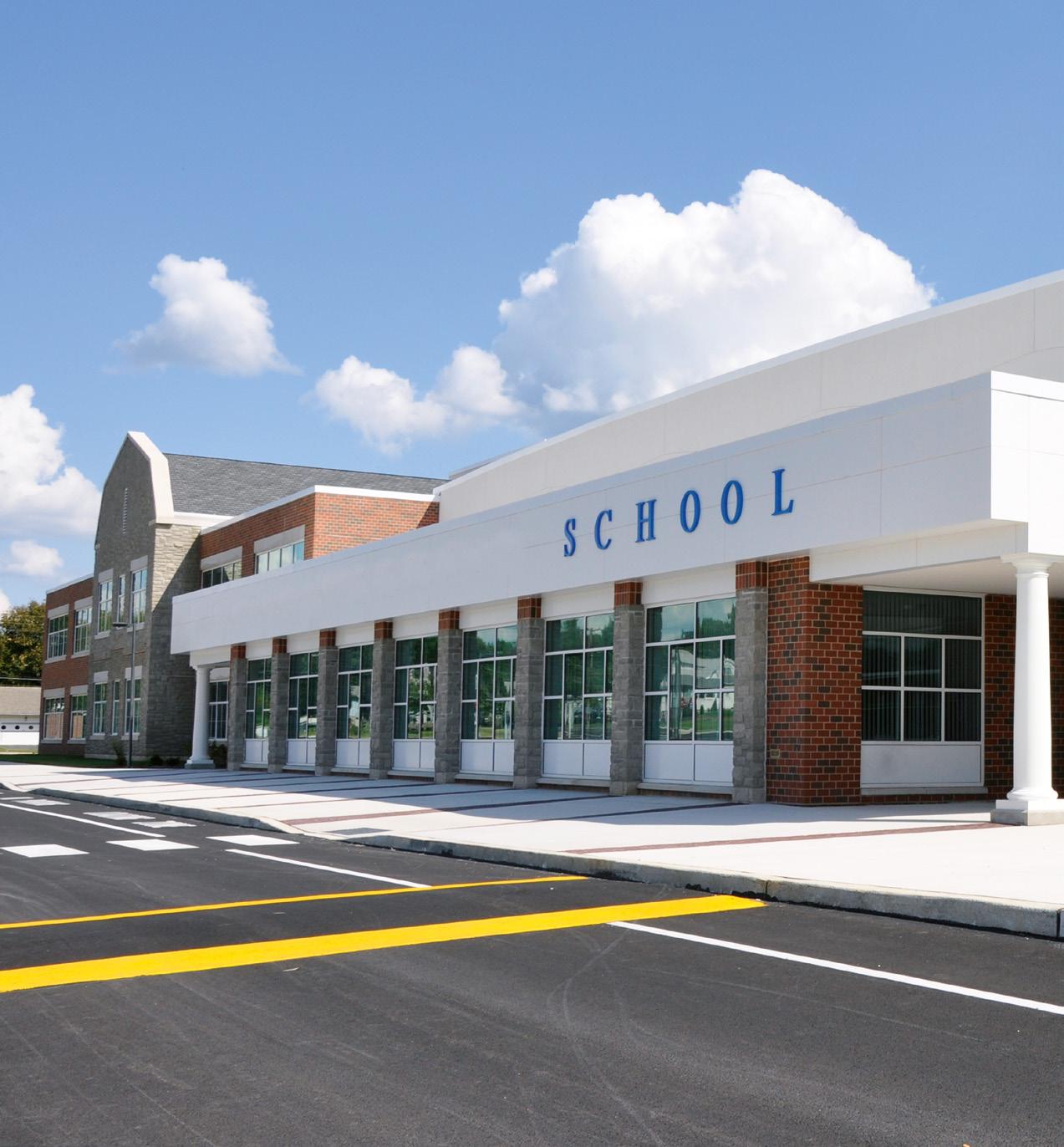
Hi, I'm Kim. In Social Science 2 we talk about the different landscapes and how to find our way around them.
Hello, I'm Ben. In Social Science 2 we learn about our neighbourhood and the rules of the road.

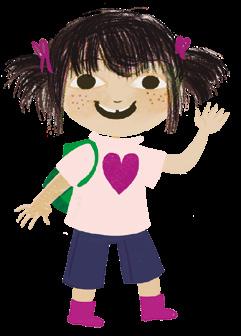
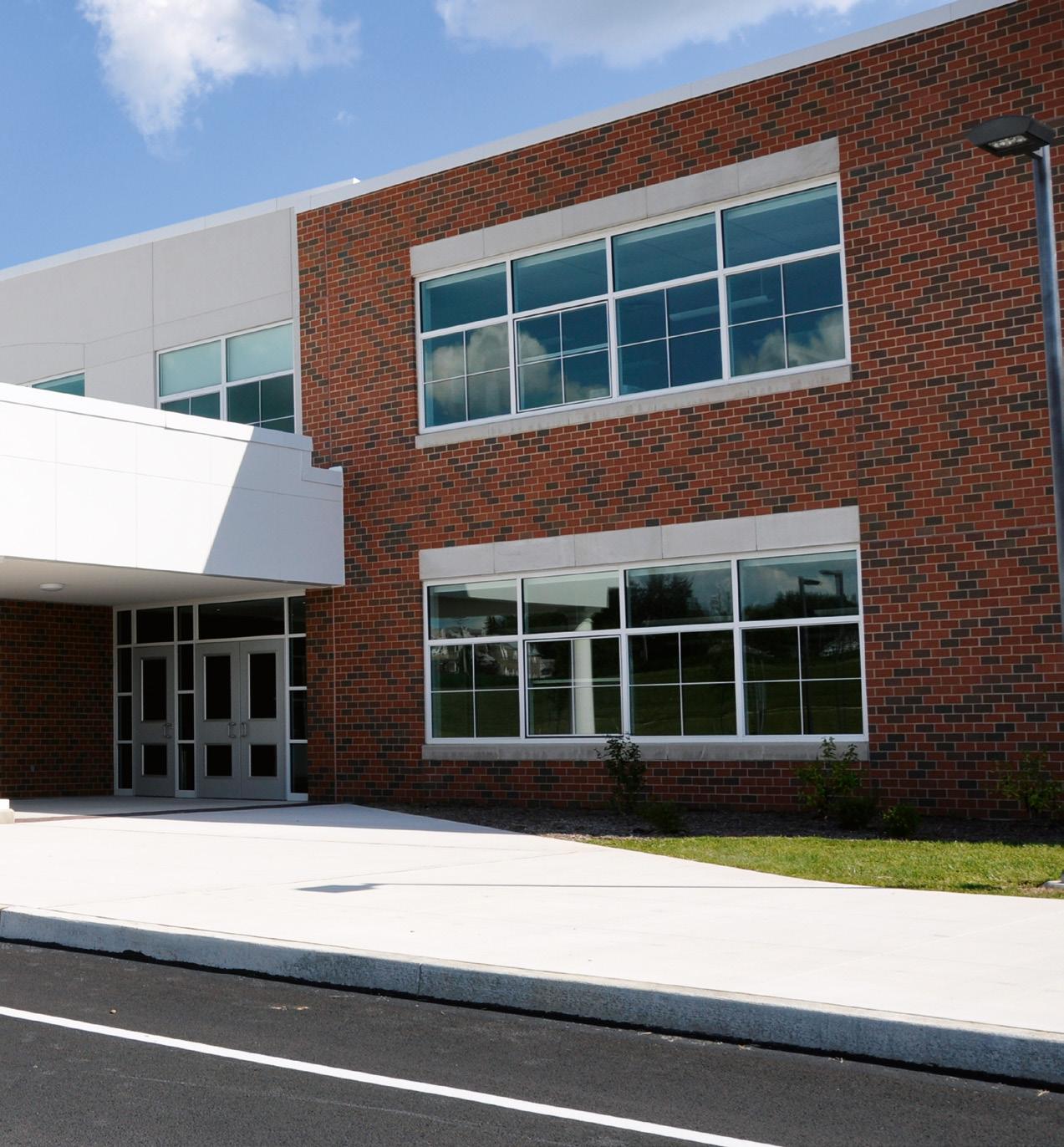
1 What do you see in the picture?
2 Are Kim, Ben and Sol happy?
3 What are they wearing?
Watch and learn! Where do you live?
Are there many people in your house?
t he world and… you!

Don't pollute the planet!
S d G!
I love clean air!
Clean air is the best.
My objectives are:
• our place to live
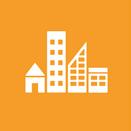
• living together
• festivals and traditions
1 Circle the correct word:
2 Copy the word.
1) 2)
3)
Where we live
These are the streets / neighbours, I live in a village / town. this is the square / street, I live in a city / town. and look, that‘s my square / neighbour, I live in a city / village. standing over there! (Hi Lucia!) I‘ll show you around.

Where do you live?
Let’s explore
Where we live The council
Autonomous communities Council Services
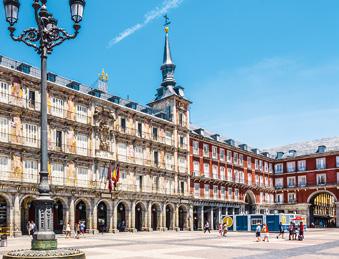
Living together and getting along Festivals and traditions

Refresh Do you have many neighbours?
2 Where do you live?
A city is big. It has got tall buildings and many people. Streets are long.
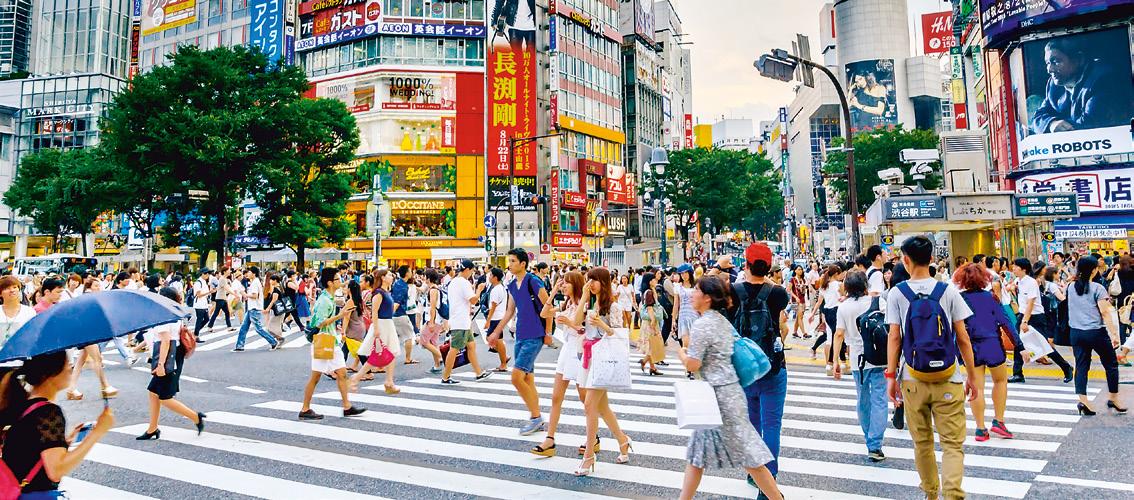
A town is smaller than a city. It has got schools, shops, parks and a main square.

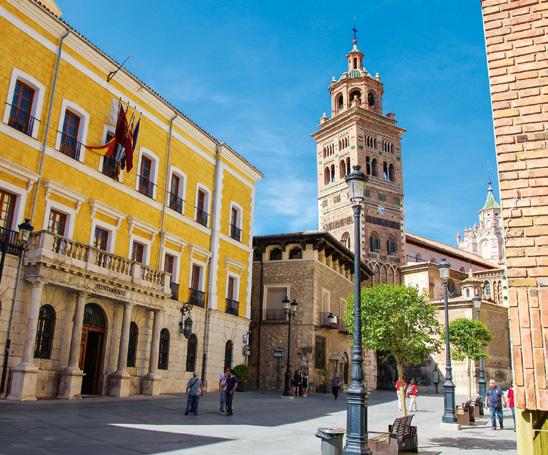
A village is small and quiet. Villages are in the countryside.
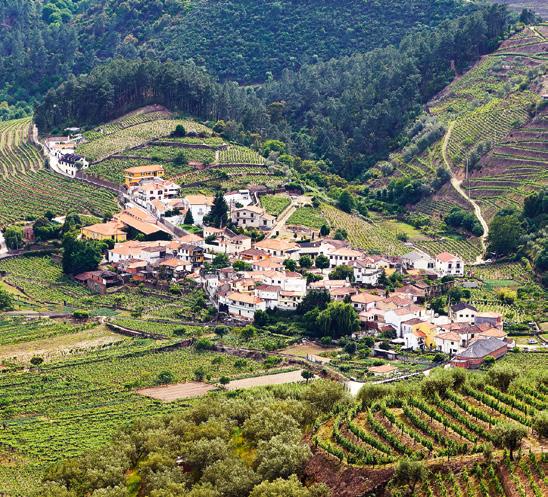
1 Do you live in a city, a town or a village? Circle the picture and write its name.

2 Where can you find…? Tick all the places. Then, say it aloud. City Town Village


Create 3 Draw your favourite place to live.
Language Bank
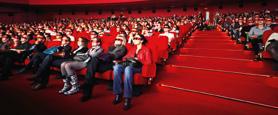

• The city has got a supermarket.
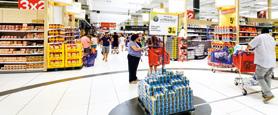
• The town has got a park.

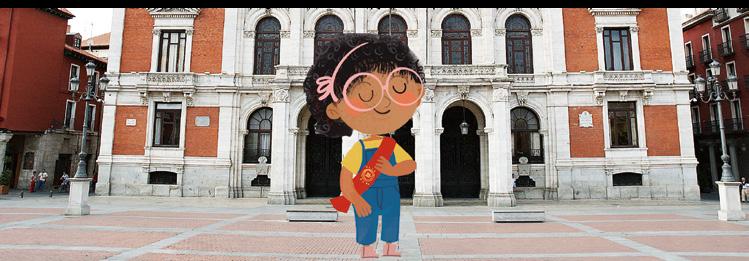
Refresh Do you have chores to do in class?
3 Who runs the city? The Mayor and the council work in the City Hall. They do chores for the city.
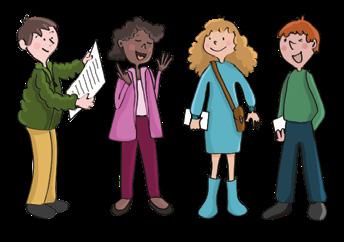
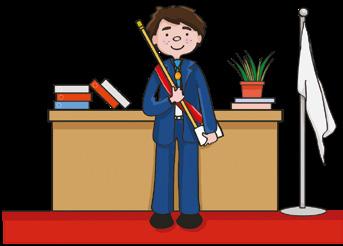
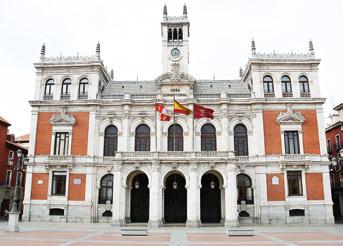
1 Unscramble the words and match them with the correct picture.
Moayr cuolicn ytiC-lHal
2 Tick the clean city.


3 Who does it? Use the stickers.
Gardening the park. Control traffic. Keep the streets clean.



4 How does the council take care of our city or town? Tick the correct one.
5 Play charades with services. Mimic and guess.


6 Is the Mayor in your city or town a man or a woman? Find out and circle the right answer.
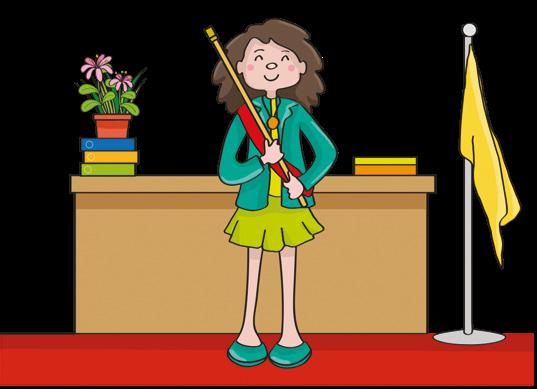
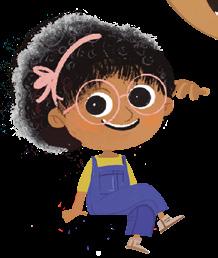
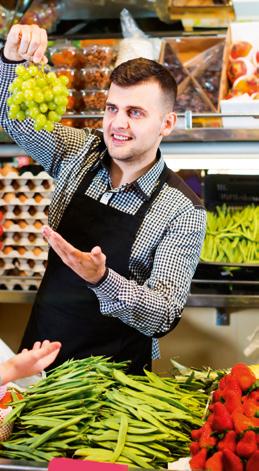

Refresh Is there a public library in your city?
4 What are council services?
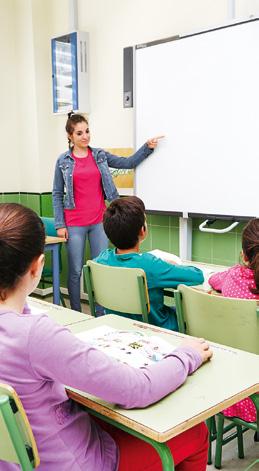

The council organises the police, street cleaners, gardeners and many other services for the people.


1 What does the council organise? Tick the pictures.
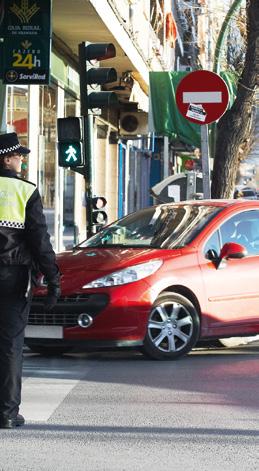
2 Which service do the people need? Match.
• Imagine you want to work in the Town Hall. Brainstorm ideas to tell the Mayor. Clean the everystreetsday.

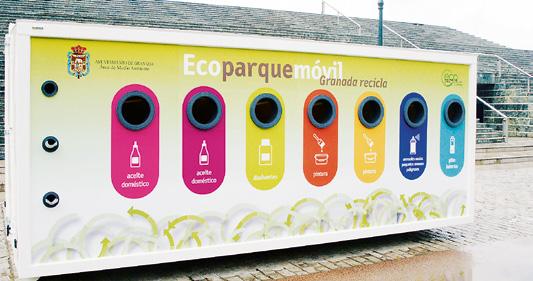



ATLANTIC OCEAN
Cantabrian Sea
PRINCIPADO DE ASTURIAS
COMUNIDAD FORAL DE NAVARRA GALICIA
CASTILLA Y LEÓN COMUNIDAD DE MADRID
CASTILLALA MANCHA EXTREMADURA
ANDORRA
ATLANTIC OCEAN
CANARIAS

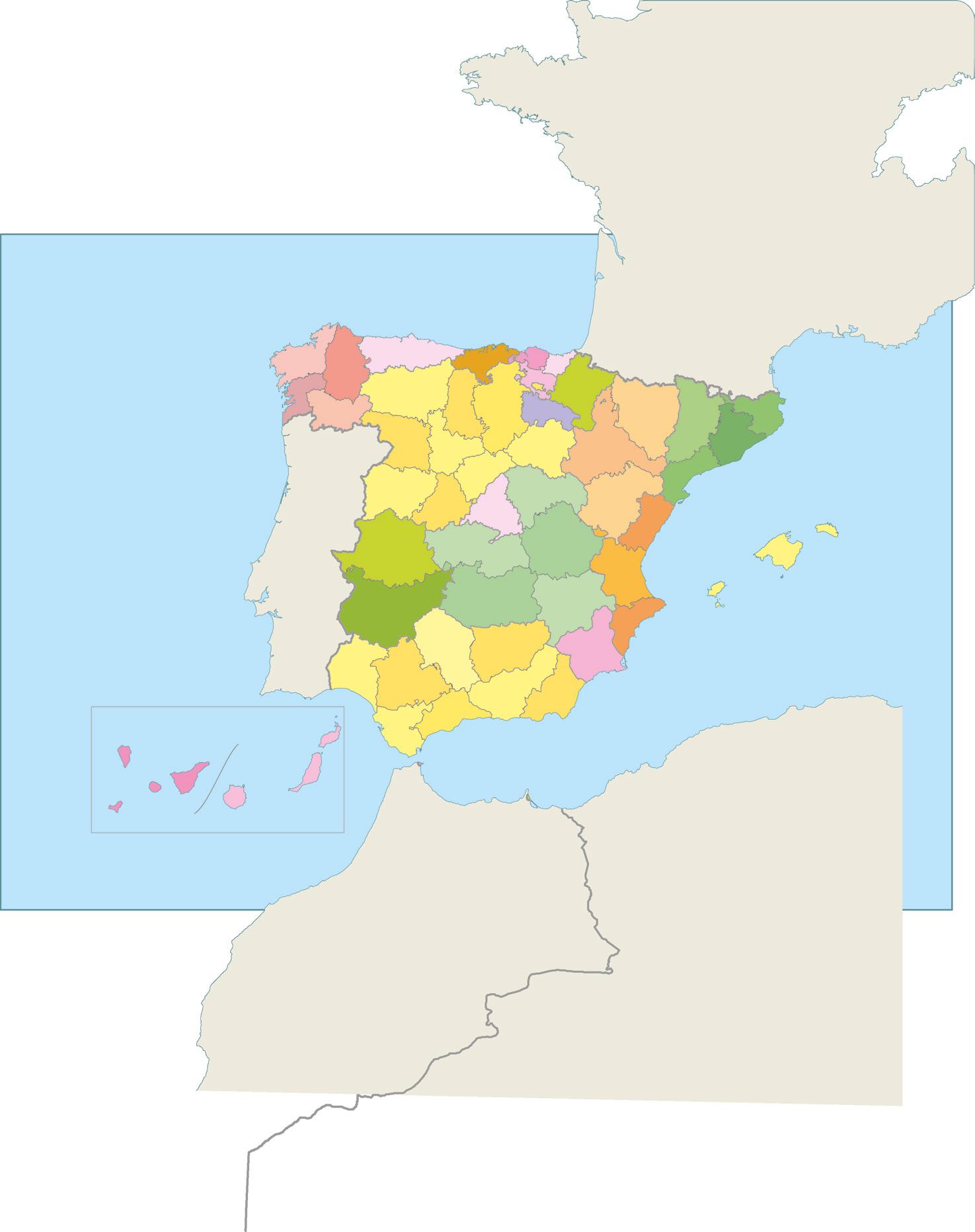
ANDALUCÍA
COMUNIDAD VALENCIANA
REGIÓN DE MURCIA
ISLAS BALEARES
Ciudad Autónoma de Ceuta
MOROCCO
Ciudad Autónoma de Melilla
Province boundaries
Autonomous community boundaries
Country boundaries
Autonomous community
•
• He lives in
•

3 In the wordsearch, find the name of 7 autonomous communities in Spain.
E G T Y A T F T I K C X
J T P A S B T F T M A Q
Y A E N T H V M B D N X
F C H D U S D U F Ñ A X
C A R A R U X R D R R G
V N T L I Q R C J Ñ I A
T B M I N A V A R R A C K R Ñ A N I V E G C G I
V I M Y L Y Y G Z J T A
T A D D B L Y L A J D F
4 Find out the names of the missing autonomous communities.
5 What is the name of your autonomous community? And the name of your city, town or village?
Refresh Do you have friends in your neighbourhood?
6 Living in a community
We live in a community with different people. We like different things but we respect everybody.

1 Circle the activities you like.

Play sports. Read and draw. Play games with your friends.

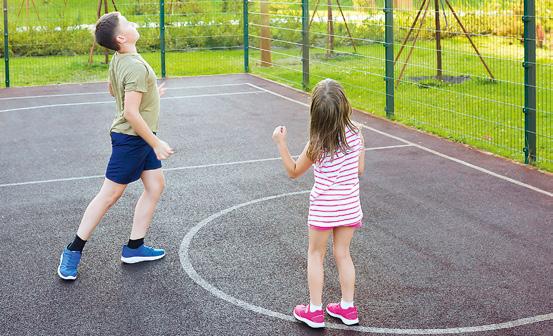
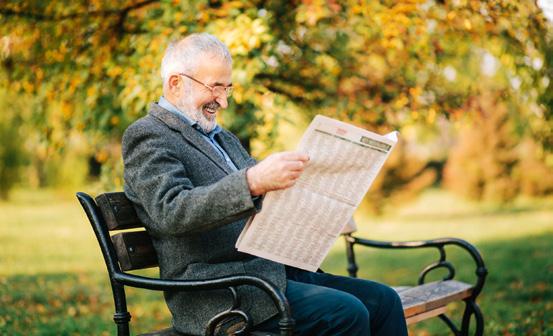


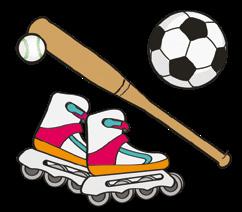
Language Bank
• I like…
• She likes…
• Do you like…?
• I don't like…?
• She doesn't like…
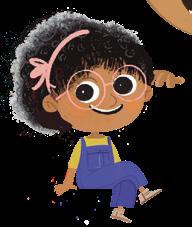
a Kim likes playing with Pat.
b Pat likes balls.
c Sol loves parks.
d Ben likes taking photographs.
• Ask your classmate what activities he/she likes doing at the weekend. Make a drawing. Then, share it with the rest of the class.
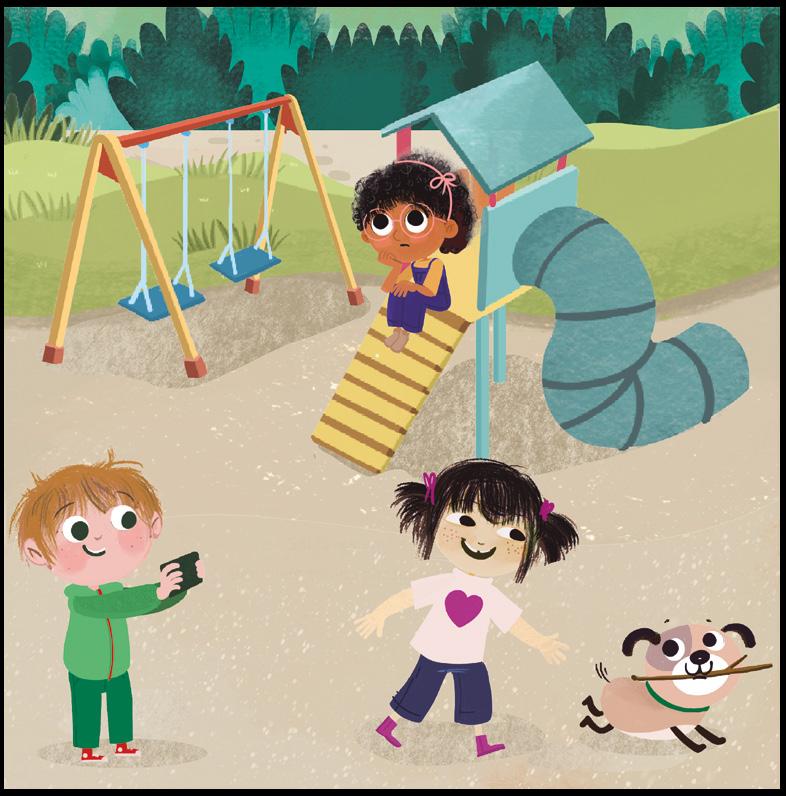
Refresh What is the biggest festival in your city?
7 What is a festival?
In festivals, people celebrate a tradition. They sing, dance, wear costumes or eat typical food.
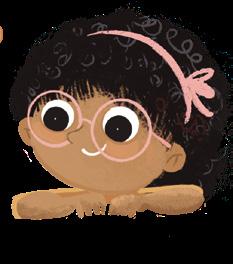
1 Put the stickers next to some typical activities in festivals.
San Juan Christmas Carnival
• Create Imagine you are the mayor of a village.
In pairs, create a new festival. Which activities do you do?
Think and make a presentation. Then, share it with the rest of the class.
Language Bank

• We dance
• We eat …
• It is at night, in the morning, …
• We wear…
2 Match the words with the correct image.


Dancing Traditional food Parades Singing Fireworks
Create 3
What is your favourite festival of the year? Make a drawing.
• Choose a province. Look for information about its mayor, its flag, its festivals and traditions. Draw the information on a flashcard. Then, talk about and display your information to the rest of the class.
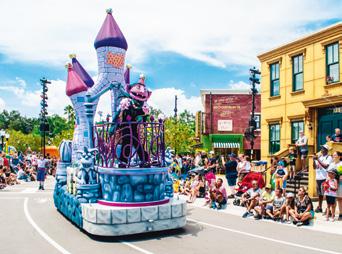


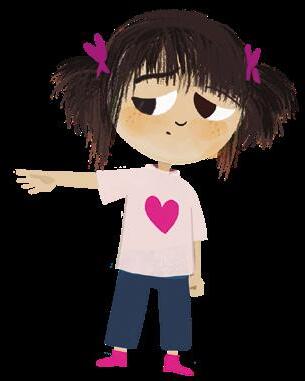
The air is not clean.
1 Tick what makes the air polluted:


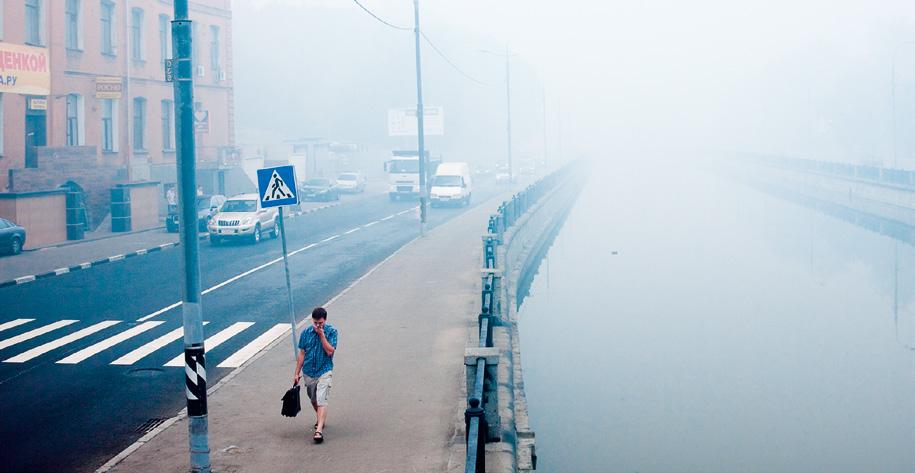
1. Iš the air clean in the city above?

2. Iš the air in your city clean?


2 How can we help? Find out the good solution.
3 What makes the air polluted? Use a red pen. What makes the air clean? Use a blue pen.


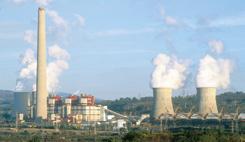

Create 4 Draw some trees, cut them out, colour them and decorate your classroom to have clean air.
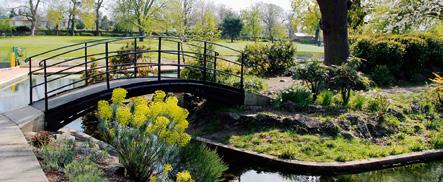

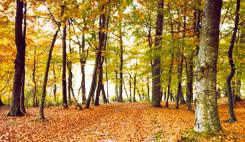

Let’s get a bus and plant some trees.

The village festival starts today!
Don't worry. The Town Hall organises the cleaning up.
There is a band playing in the square. Let's go!
Oh no, look at the rubbish everywhere.
But we can start, right?
1 What is happening in the village today?
2 Can you describe the clothes the children wear to see the band?
3 Act out what activities you do in your local festival.
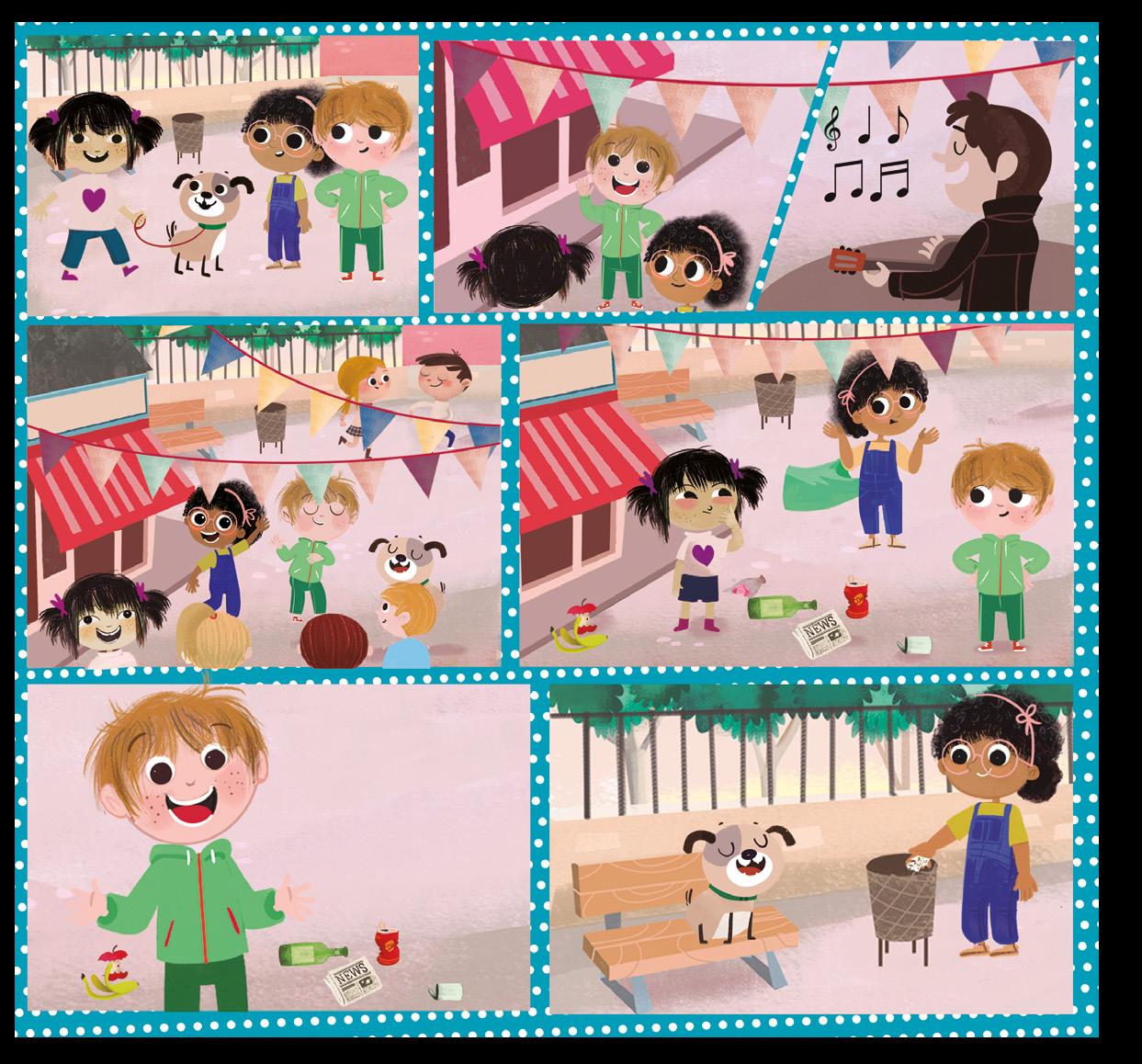
1 Put the stickers.
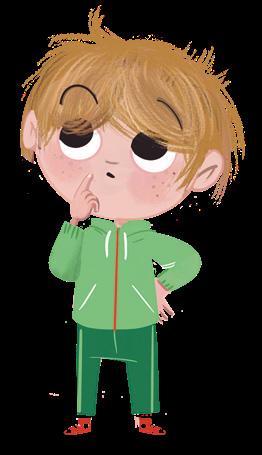
The works in the . is a country.
Spain has got autonomous communities.
1 Complete the crossword.
Across
2. It has big buildings and long streets.
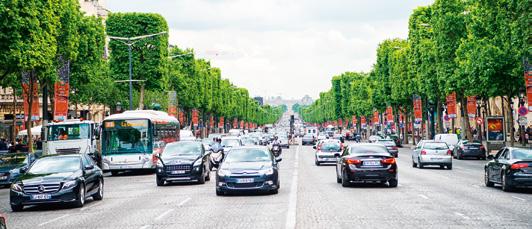
4. A celebration.
5. Smaller than a city, bigger than a village. Down
1. People live in one in the country side.
3. Helps to organise services.
6. All the cities and towns have one.
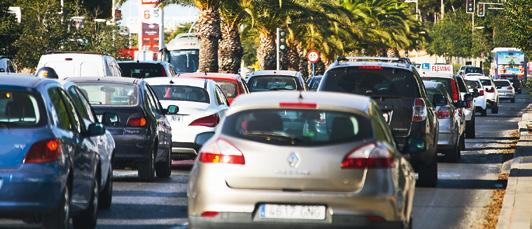
2 Which is the odd one out? Circle it.
1) Halloween, Christmas, park
2) Mayor, city, village
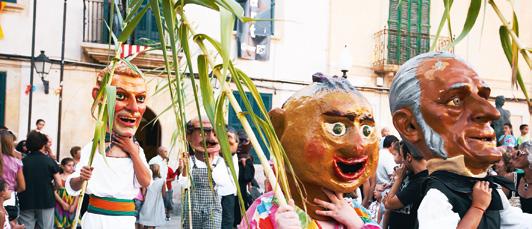
3) Autonomous community, City Hall, province
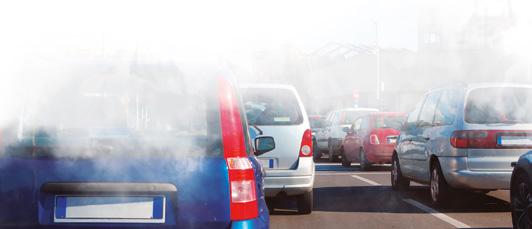
1 Put the stickers and write the missing words.
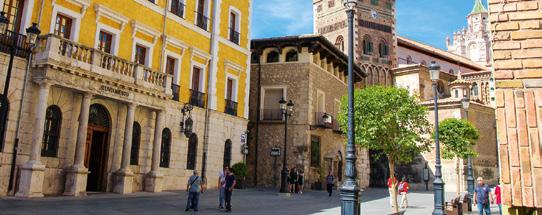
MY pROGRESS IS... Þut a sticker.

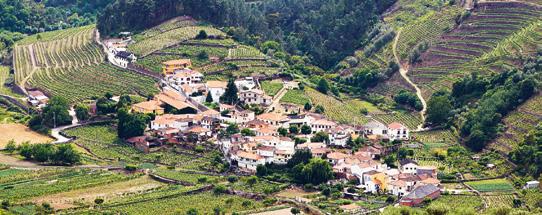
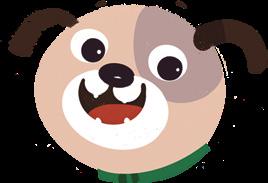
Watch and learn! Do you use the zebra crossing? Do you use the public transport?

t he world and… you! Public spaces should be accesible.

S d G! Streets should be accesible.
What can we do?
Poor Ben! He had an accident.
How is he going to move around the city?
My objectives are:
• road safety
• rules of the road
• civic responsibility
1 Tick what you can see in the picture of page 28.
Before we start to cross the street. Wait for the light, look left and right. And when we start to cross the street, we use the zebra crossing.
As we start to cross the street, we walk slow, as we go. And when we start to cross the street, we must never run.
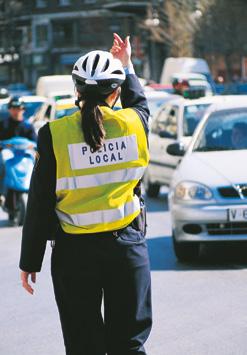
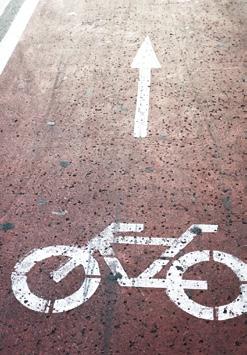


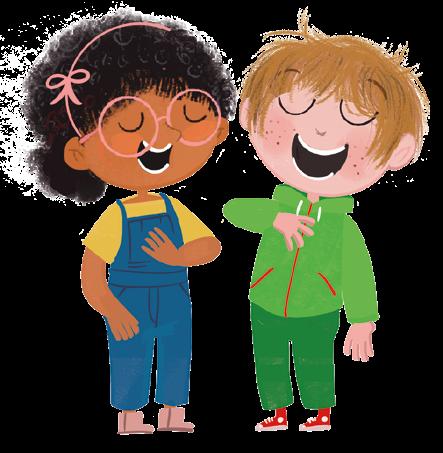
look left look right walk slow run
Let’s explore
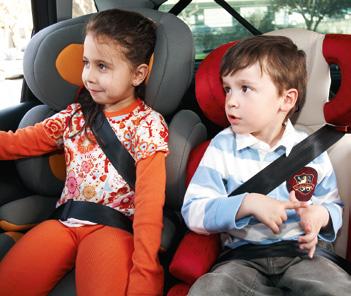
Refresh Do you walk to school?
10 Be safe! Protect yourself:
Watch out for traffic! Always look left and right before you cross the road.
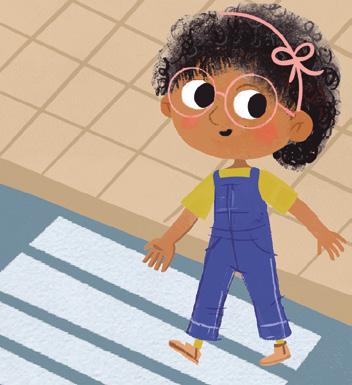
You wear a helmet on the bike or scooter.
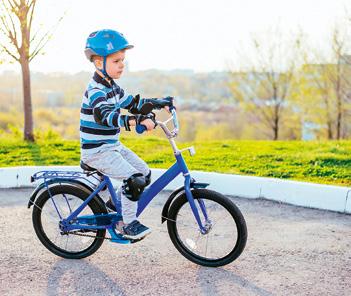
You wear a seatbelt in the car.
Cars go on the road. Pedestrians walk on the pavement.


1
Bicycles go on a bike lane or on the road.

How do you normally go to school? Tick the correct answer/s and tell your friend.
1. I walk.
2. I ride a bike.
3. I go by car.
4. I go by bus.
Language Bank
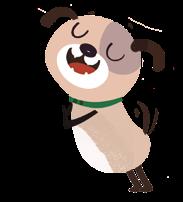
• I go by bus.
• She goes by car.
2 Match the words with the images.
3 Put the stickers in the correct place.
4 Are the following sentences True (T) or False (F)?
Talk to your friend and correct the mistakes.
1. You wear a helmet in the car.


2. Bicycles go on the pavement.
3. Pedestrians cross when the lights are green.

4. Cars go on bike lanes.
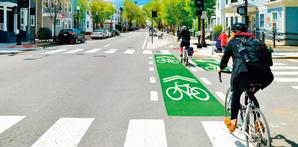
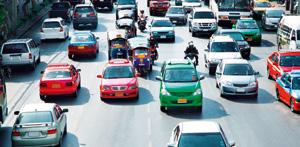


Refresh Do you know any street signs?
11 What are the rules of the road?
We must follow the rules to keep safe.
Street signs give indications. Traffic lights tell us when we can cross the street. Zebra crossings show the place to cross.

1 Look at the picture and tell a friend.
1. ∑here i∫ ‡ol?
∑here i∫ ∆en?
∑here are Kim and Þat?
2 12 Listen, read and number the photos in the order that you hear them. There is one extra photo.
Speaker 1: When I cross the street, I look left and right before I walk on the zebra crossing. When there is a car coming, I wait until it stops.

Speaker 2: This traffic sign tells cars that they can't enter a street. It is important to respect it so you don't have an accident.
Speaker 3: Traffic lights organise traffic. When they are red, you must stop. When they turn green, you can continue. Usually, when they are red for cars, they are green for pedestrians.

Think 3 What do the traffic signs mean? Use the correct stickers.
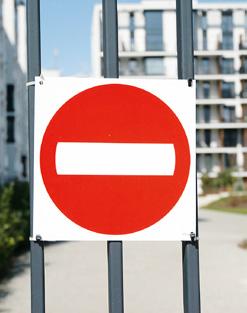
Pedestrians can't go this way.

You can't drive fast. The limit is 30 km/h. Pedestrians can cross here.
Language Bank

• Pedestrians can cross.
• Cars can’t continue.
You can't continue.
This road is for bicycles.
Refresh Is there a bin in your classroom?
13 Living in a community
We live in a community with other people. We must respect common things.
When we go to the park, we must keep it clean, it is good for the community.


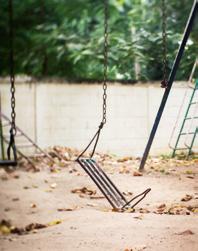

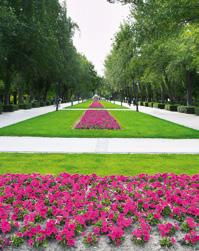
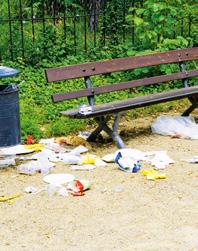
1 Complete the sentences with the words from the box.
plants bin walls
1. ∑e must throw the rubbish in the .
2. ∑e mustn’t write on the .
3. ∑e mustn’t wal§ on the .
2 Circle the wrong behaviour. a b c d e
• Think Imagine the Mayor of your city is giving a diploma to the best citizen of the year for three positive actions. What do you think the actions are? Draw them.
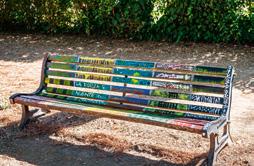
• Draw the diploma.
• Ask your friend the following questions.
1. What positive actions do you do for your city?
2. What other things can you do to be a better citizen?



• Tick the good behaviour.
In the city, some people can have problems to move. When you look around, you see that it is difficult to pass in some places.
1 Look at the photograph and tick the people who can have problems to pass.
Streets should be accessible. What can we do?
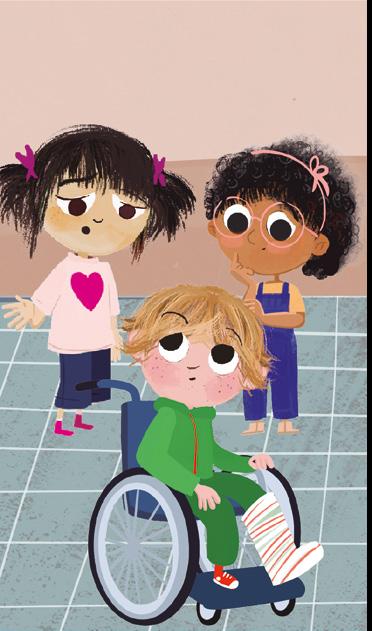


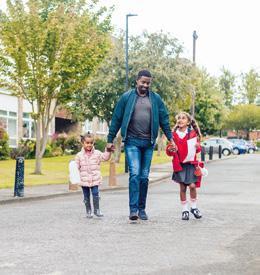

2 What are the obstacles? Circle them in the photograph.

Some things help people to move in the city.
Can everybody come to our school? What is there to help?
3 Follow the line to get the letters. Write the word and match it to the right image.
There is a lift, but the entrance to the gym only has stairs, not a ramp.
ACT!
4 It’s your turn now. Think about your school and make a list of the areas that are accessible and the areas that need to change.

Create 5 Choose one room. Make it accesible.
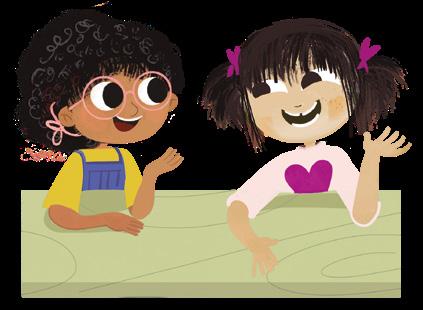
Let's go to the park!
Come on. This way.
It’s a short cut. Wait! That's a one way street.
We have to follow the rules of the road.
Yes, it's important so we can all be safe in our village.
It was worth the long journey here.
1 What activity are the children doing?
2 Do the children want to go to the youth club?
3 With a partner invent hand signals to direct traffic. Stop, pass, slow down, speed up, turn left and turn right.
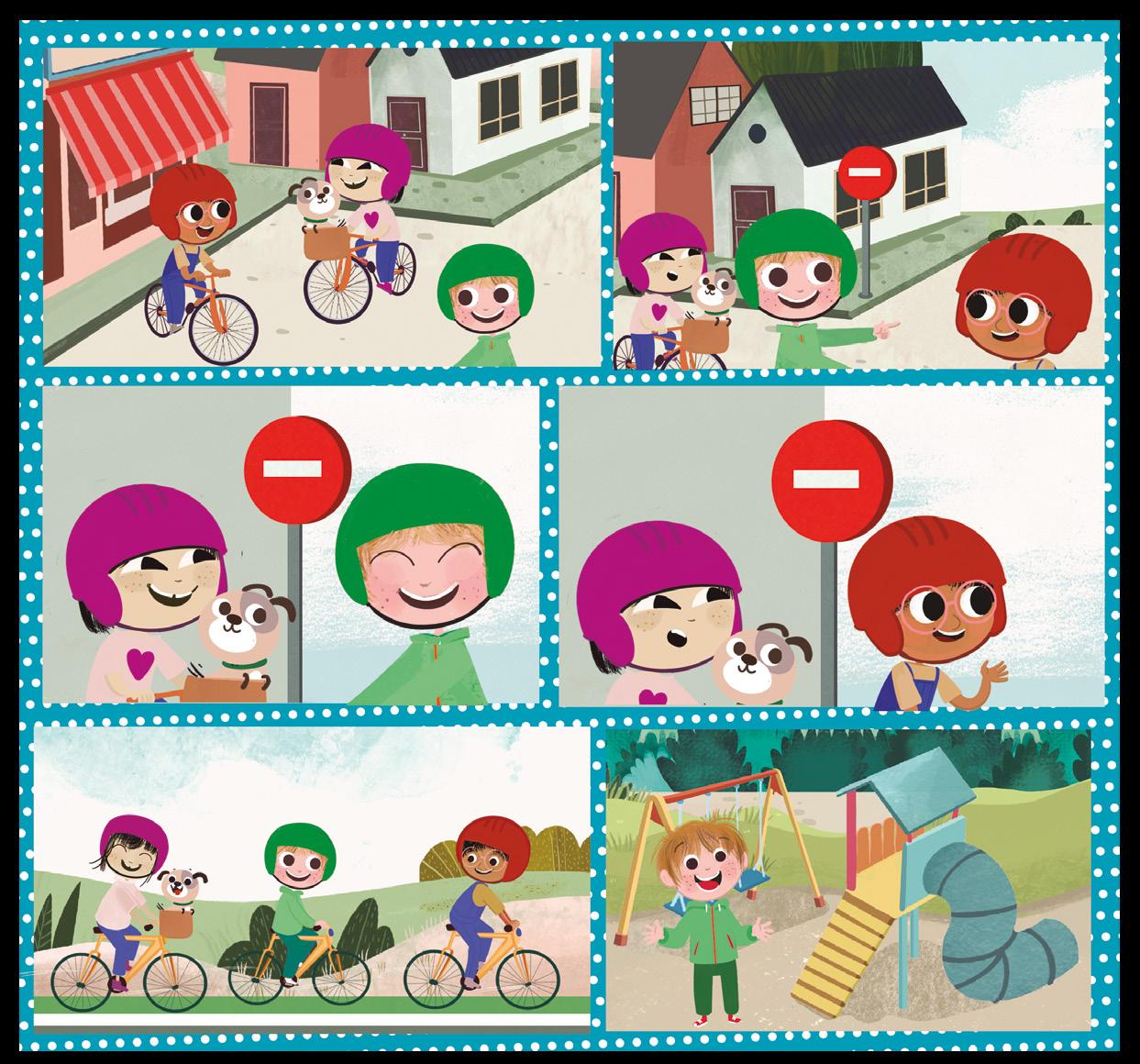
1 Put the stickers.

road SaFEty
pedestrians
Where?
rESpect otherS use
bikes cars
in cars on bikes
Follow thE rules
street signs
traffic lights
zebra crossings
1 Complete the sentences with the correct word from the word cloud.
When traffic lights are , we can cross the street.
You must put your rubbish in the .
green pavement bin
You mustn’t ride your bike on the .
2 Circle one of the options to make a correct sentence.
1. It is important / not important to follow traffic rules.

2. Traffic rules keep us happy / safe.
3. We must help to keep public spaces / our car clean.
4. Children can walk on the road / pavement.
3 In the photograph, write the numbers in the correct box.
1 Put the stickers and write the missing word.
pedestrian seat belt
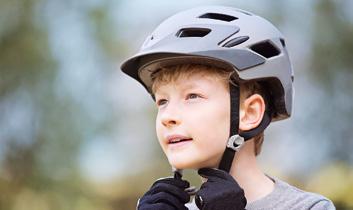
traffic lights
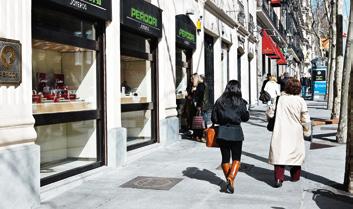
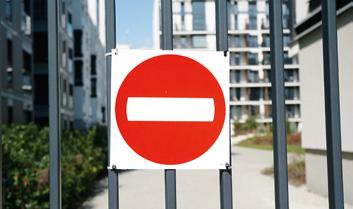
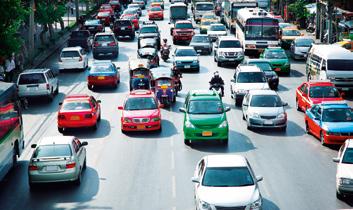
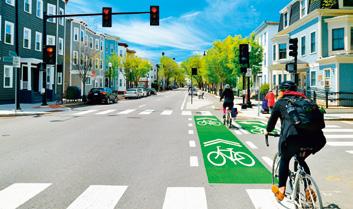
road zebra crossing
MY PROgrEsS Is... Þut a sticker.
